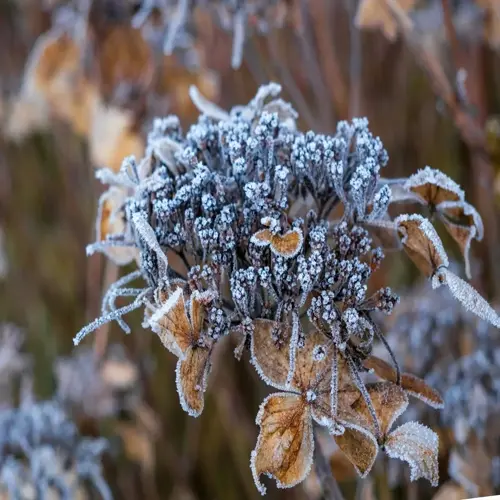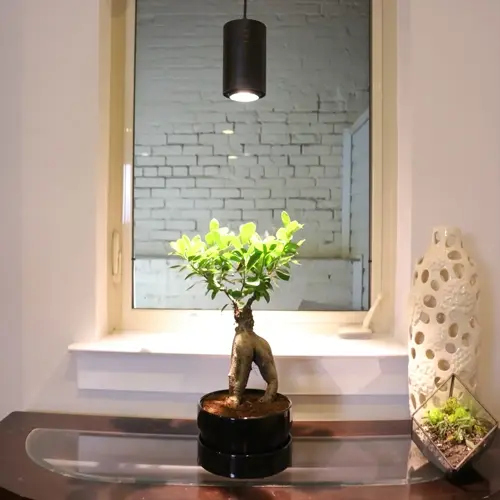What type of lighting works best for indoor plants?

Written by
Olivia Mitchell
Reviewed by
Prof. Samuel Fitzgerald, Ph.D.Selecting adequate indoor plant lighting ensures your plants thrive. Full-spectrum LEDs mimic the wavelengths found in natural sunlight in the 400-700nm PAR range. These are energy-efficient and support all growth stages with minimal heat output. Place fixture 6-24 inches above the plants, depending on the requirements.
Energy Efficiency
- Convert 90% energy to light versus 40% for fluorescents
- Reduce electricity costs by up to 60% annually
- Operate cool without ventilation requirements
Optimal Spectrum
- Cover complete PAR range for photosynthesis
- Blue wavelengths promote leaf growth
- Red wavelengths stimulate flowering
Place your lights according to your individual plant's wants. Low-light types, such as Snake Plants, need 12-24 inches of space. High-light herbs should be around 6-12 inches tall. Use PPFD readings to ensure an intensity range of 50-600 μmol m ² s ¹. Always rotate your plants weekly for consistent coverage.
Establish consistent light schedules using timers. Generally, most foliage plants grow well with 12-16 hours of light daily, and seedlings require longer 16-18 hours per day. Include at least 6 hours of darkness each night for respiration. Duration adjustments may be necessary to optimize results, particularly during seasonal fluctuations.
Monitor stress signs to adjust your setup. Stretchy growth indicates that your crop is not receiving enough light, while leaf bleaching means it has been exposed to too much. Crispy leaf edges indicate the possibility of heat damage. Match your lighting products to the natural environment of your crops for successful results.
Read the full article: Indoor Plant Lighting Essentials Explained

